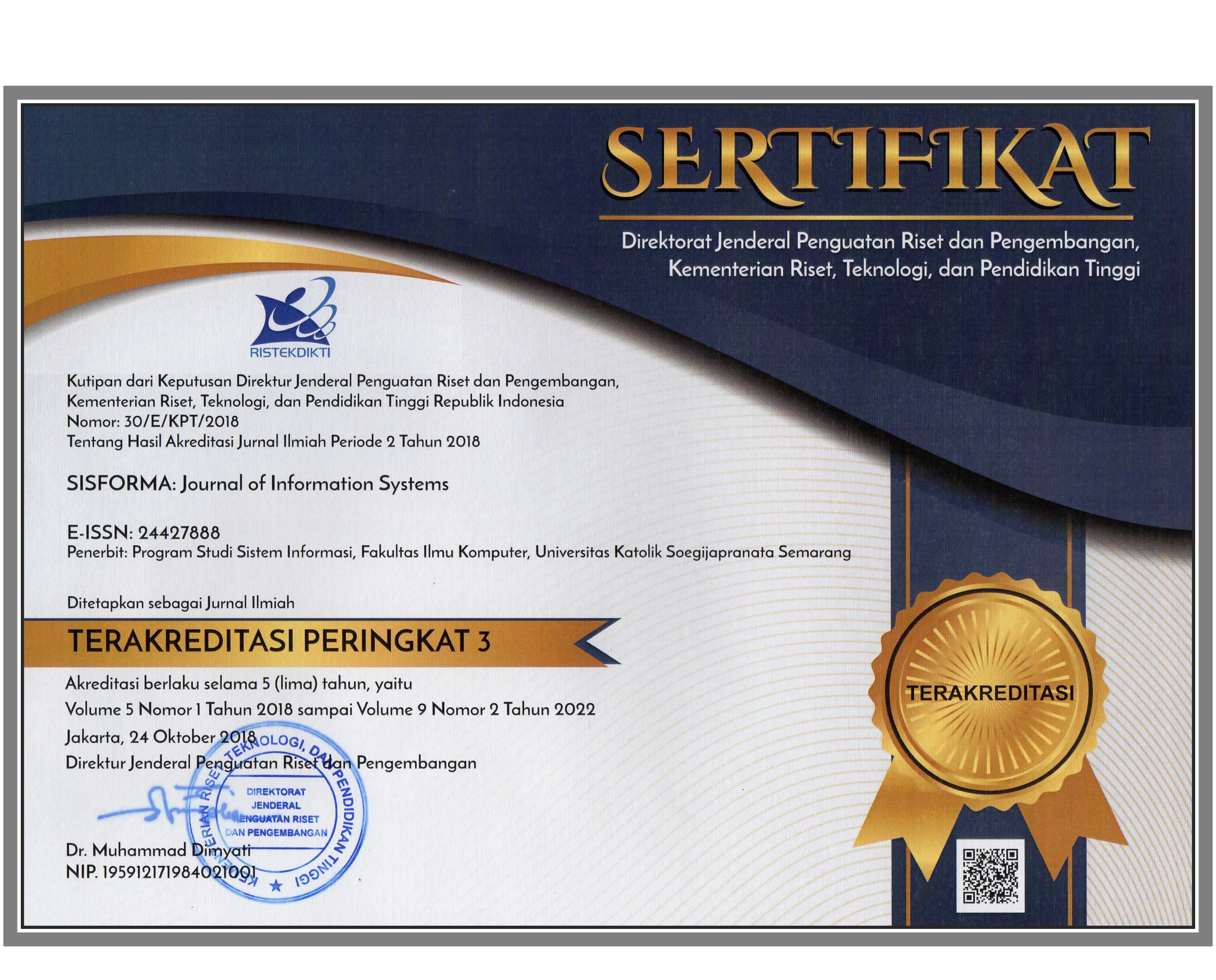The Use of Augmented Reality Technology in Efforts to Promote Library Books
Abstract
The abstract of the article is about the use of Augmented Reality technology to promote physical books and increase interest in reading among the millennial generation. The author highlights the challenge faced by libraries in the current era, which is the lack of interest in reading among young people, as reported by data from the Program for International Student Assessment (PISA) in 2019. The author argues that many books designed for children and young people are perceived as unappealing and lack attractive visual elements, which affects their literacy. To address this issue, the author suggests the use of Augmented Reality technology, which combines the real and virtual world, to promote physical books and increase interest in reading. The author cites Snapchat, a popular social media application with over 332 million daily users, as an example of a software that can be used to implement Augmented Reality technology in promoting books.
Keywords
Full Text:
PDFReferences
Adetoun Adebisi Oyelude and Alice A. Bamigbola, “Libraries as the gate: ‘Ways’ and ‘keepers’ in the knowledge environment,” Library
Hi Tech News, 2022.
Namkee Park, Raul Roman, Seungyoon Lee, and Jae Eun Chung, “User acceptance of a digital library system in developing countries:
An application of the Technology Acceptance Model,” Int J Inf Manage, vol. 29, no. 3, 2019.
Bahrul Ulum Ilham, “Harbuknas 2022 : Literasi Indonesia Peringkat Ke-62 Dari 70 Negara,” 2022. Accessed: Feb. 09, 2023. [Online].
Available: https://bisniskumkm.com/harbuknas-2022-literasi-indonesia-peringkat-ke-62-dari-70-negara/
Saeful Amri and Eliya Rochmah, “Pengaruh Kemampuan Literasi Membaca Terhadap Prestasi Belajar Siswa Sekolah Dasar,” Jurnal
Pendidikan Dasar, vol. 13, no. 1, Jan. 2021, Accessed: Feb. 10, 2023. [Online]. Available:
https://scholar.archive.org/work/uhkkwtkjebcirldtliam5wzipm/access/wayback/https://ejournal.upi.edu/index.php/eduhumaniora/article/d
ownload/25916/pdf
Joëlle Swart, “Tactics of news literacy: How young people access, evaluate, and engage with news on social media,” Sage Journal,
vol. 25, no. 3, 2021.
Gagas Yoga Pratomo, “Mengenal Metaverse yang Kini Populer di Kalangan Gen Z,” Jan. 08, 2022. Accessed: Feb. 09, 2023. [Online].
Available: https://www.liputan6.com/crypto/read/4854376/mengenal-metaverse-yang-kini-populer-di-kalangan-gen-z
Ruth Ortega-Dela Cruz and Mary Jane D. Quimsing, “Technology-Based Reading Application on Improving Reading Literacy Level
Among Struggling Readers in a Public Elementary School in the Philippines,” Pedagogy: Journal of English Language Teaching, vol. 12, no.
, 2024.
Dhanu Ario Putra and Merry Rullyanti, “The Importance of Digital Literacy in Improving Students’ Skills in English,” Journal of
Dehasen Educational Review, vol. 4, no. 3, 2023.
R. Sanjaya, “Ramai-Ramai Metaverse,” Suara Merdeka, Semarang, Dec. 18, 2021.
İbrahim Halil Efendioğlu, Metaverse Concepts and Marketing.
Julie Carmigniani, Augmented Reality: An Overview. 2011.
A. K. Pamudji, M. Setiyowati, and R. Sanjaya, Mudah Membuat Game Augmented Reality (AR) dan Virtual Reality (VR) dengan Unity
D. Elex Media, 2017.
Deepti Prit Kaur, Archana Mantri, and ben Horan, “Enhancing Student Motivation with use of Augmented Reality for Interactive
Learning in Engineering Education,” in Procedia Computer Science, 2020, pp. 881–885.
Bharat Dhiman, “Snapchat, Happiest and Personal Social Media Platform for Research Scholars, A Critical study,” SSRN Electronic
Journal, 2022.
Kompas, “Jumlah Pengguna Harian Snapchat Tumbuh Pesat Dibanding Facebook dan Twitter,” Apr. 22, 2022. Accessed: Feb. 10, 2023.
[Online]. Available: https://tekno.kompas.com/read/2022/04/22/15300087/jumlah-pengguna-harian-snapchat-tumbuh-pesat-dibanding-
facebook-dan-twitter?page=all
DOI: https://doi.org/10.24167/sisforma.v11i1.12083
Refbacks
- There are currently no refbacks.
SISFORMA: Journal of Information Systems | p-ISSN: 2355-8253 | e-ISSN: 2442-7888 | View My Stats

This work is licensed under a Creative Commons Attribution 4.0 International License.




















